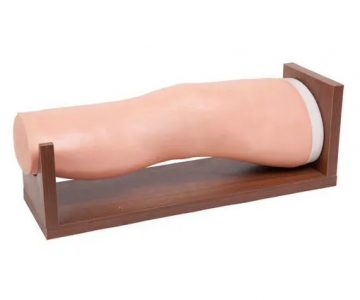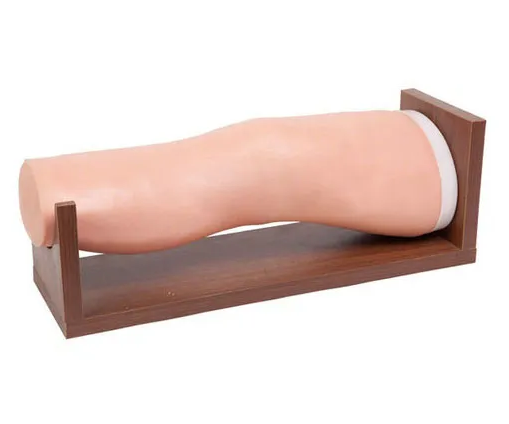ADA MED SUPPLY LIMITED
Phone:+86 19937901373
Tel:+86-0379-65160607
Email:adaanatomy@adaanatomy.com


The design and function of the knee cavity injection model can simulate the knee joint in different pathological states. The following is a detailed explanation of how the knee cavity injection model simulates different pathological states of the knee:

Structural simulation: The knee cavity injection model is usually designed and manufactured based on the anatomy of the real human knee joint. These models typically include key structures such as the tibia, femur, synovial capsule, and meniscus, thus being able to simulate the major components of the knee joint.
Material characteristics: In order to simulate the knee joint in different pathological states, the model may use materials with different characteristics. For example, to simulate the knee joint of a patient with arthritis, the model may use stiffer or coarser materials to simulate the wear and degeneration of the articular cartilage.
Fluid simulation: The knee cavity injection model can simulate the presence and flow of fluid in the joint cavity. For arthritis or other pathologic conditions that result in increased or decreased joint fluid, the model can adjust the amount of fluid in its interior accordingly to provide a more realistic experience.
Symptom simulation: Some advanced models can even simulate specific symptoms in certain pathological states. For example, they may simulate the sensation of joint stiffness or pain by changing the texture of certain parts or adding additional resistance .
Operation experience: In addition to the structural simulation, the knee cavity injection model also provides a similar experience to the real puncture operation. This means that medical personnel can practice operations such as how to enter the joint cavity, how to extract joint fluid or how to inject drugs on the model, so as to better understand the characteristics of the knee joint in different pathological states
Teaching value: By simulating the knee joint in different pathological states, the knee joint intracavitary injection model provides a valuable resource for medical education and training. Medical staff can practice various operating skills in a safe and controlled environment and understand management strategies in different pathological states .
Future trends: As technology continues to advance, knee cavity injection models are likely to become more advanced and sophisticated. For example, they may include more sensors and intelligent assessment systems to more accurately model pathological states and provide more detailed feedback .
In conclusion, the knee cavity injection model can simulate the knee joint in different pathological states, and provide strong support for medical education and training. By simulating real environments and experiences, these models help healthcare professionals improve their skills and better cope with real-world challenges.